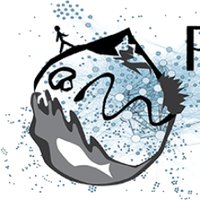Efficient sampling designs to assess biodiversity spatial autocorrelation : should we go fractal ?
This article has been Reviewed by the following groups
Listed in
- Evaluated articles (Peer Community in Ecology)
Abstract
Quantifying the autocorrelation range of species distribution in space is necessary for applied ecological questions, like implementing protected area networks or monitoring programs. However, the power of spatial sampling designs to estimate this range is negatively related with other objectives such as estimating environmental effects acting upon species distribution. Mixing random sampling points and systematic grid (‘hybrid’ designs) is a classic solution to make a trade-off. However, fractal designs (i.e. self-similar designs with well-identified scales) could make an even better compromise, because they cover a wide array of possible autocorrelation range values across scales. Using maximum likelihood estimation in an optimal design of experiments approach, we compared errors of hybrid and fractal designs when simultaneously estimating an effect acting upon a response variable and the residual autocorrelation range. We found that Pareto-optimal sampling strategies depended on the feasible grid mesh size (FGMS) over the study area, given the sampling budget. When the FMGS was shorter than expected autocorrelation range values, grid design was the best option on all criteria. When the FMGS was around or larger than expected autocorrelation range values, the choice of designs depended on the effect under study. Fractal designs outperformed hybrid designs when studying the effect of a monotonic environmental gradient across space, while grid design was more efficient for other types of question. Beyond the niche identified in our analysis, fractal designs may also appear interesting when studying response variables with more heterogeneous spatial structure across scales, and when considering more practical criteria of performance such as the distance needed to cover the design.


